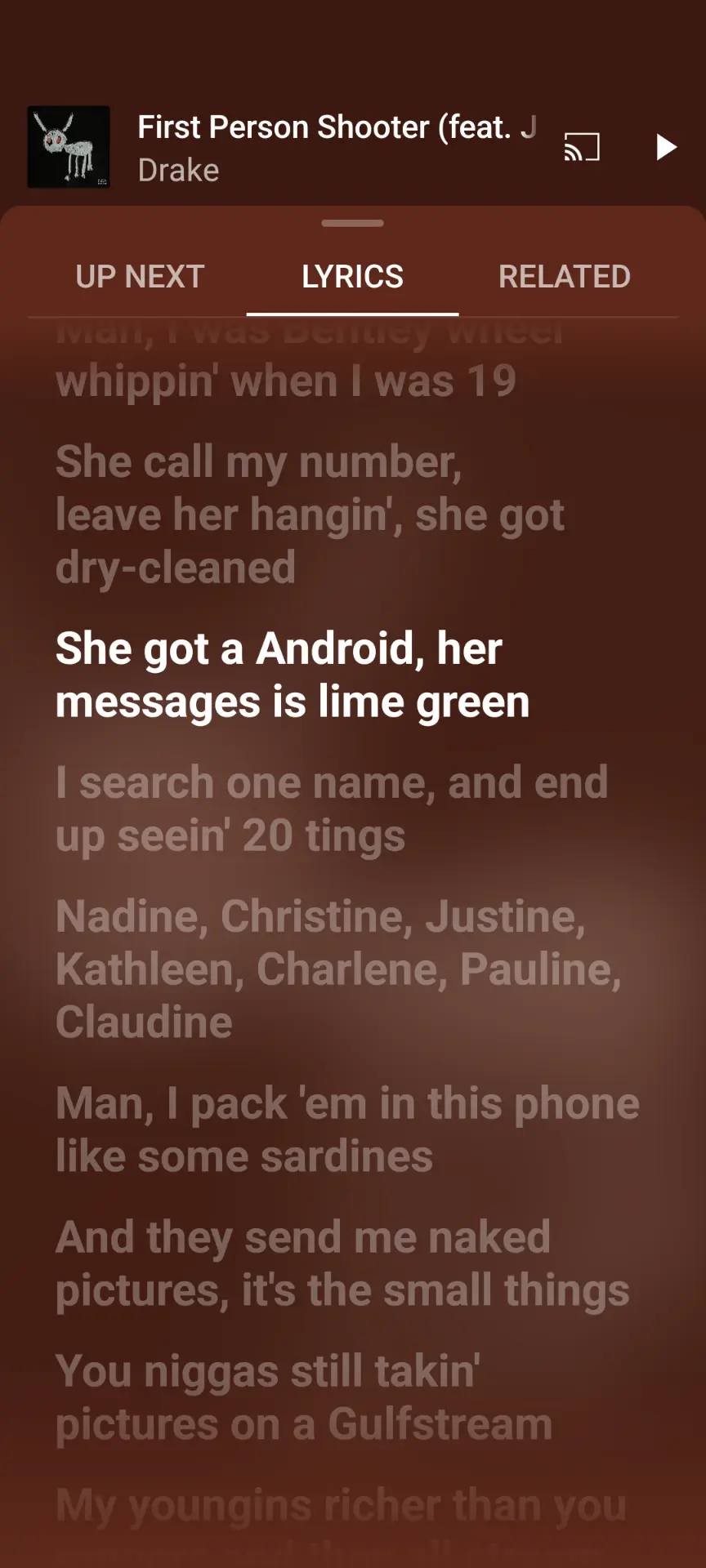

It’s certainly going to be done on device. Existing pixels can already do this with Live Captions


It’s certainly going to be done on device. Existing pixels can already do this with Live Captions
Been there done that 💀


vine


I really enjoyed this story format. It showed the strength of photographic journalism


I’m from the country above, but what you described seems like something worth fundraising for. Not eating for 45 days is scary even as the reader (I understand you probably consume food somehow).
I hope you get the help you need and come out of this strong 🙏
Something I dislike about Bartender is that you have to upgrade your license every macOS upgrade, but I understand the devs need to eat


It’s actually pretty difficult still if you’re using secure hashing functions like Argon2 and bcrypt because they’re hard on memory and computational power, meaning brute force attacks are pretty much infeasible, both due to hardware requirements and long hashing times.


This is from 2022 lmao
In Drake’s new album he says “android her messages is lime green”, and that came out days ago



Smaller LLMs have huge performance tradeoffs, most notably in their abilities to obey prompts. Bard has billions of parameters, so mobile chips wouldn’t be able to run it.


Nothing can stop 100% of bots. The goal with captchas like Turnstile is to use a significant portion of your resources to the point it’s expensive and slow to perform an attack.
Turnstile runs many background checks on your browser, so headless browsers automatically become futile.
JavaScript PoW challenges are performed that take up multiple seconds of execution time, memory and CPU. This alone is a deterrent because sequential attacks become extremely long to execute.
Concurrent attacks are still unfeasible because Turnstile ups the difficulty if it detects something is up, and receiving requests from thousands of botnet IPs is bound to trip an alarm.


My carrier is eSIM preferred so I decided to try it out. I had a few hiccups with their app but other than that, it’s great. Way more secure since it’s encrypted on the device.


Using a symmetric pre-shared key based VPN can help mitigate this issue. While the actual HTTPS data will still use non-PQR cryptography, Wireguard’s XChaCha20 and OpenVPN’s AES-256-CBC are considered safe against quantum computers since they don’t use asymmetric cryptography.
Of course, you still need to trust the VPN provider.


Animal 15 began to lose coordination, and staff observed that she would shake uncontrollably when she saw lab workers.
These are conscious beings. Imagine being trapped in a lab where the next time you wake up you might not have full motor function?


Does it make sense that a privacy VPN has 4 tracking scripts and 5 third party cookies on their website? https://themarkup.org/blacklight?url=privateinternetaccess.com&device=mobile&location=us
Mullvad has 0.
https://themarkup.org/blacklight?url=mullvad.net&device=mobile&location=us


The system is pretty straightforward: each item, in this case mostly clothing, gets an RFID tag that looks like a normal clothing tag. Customers come into the store, pick out what they want, and walk through an “exit gate” that scans the tags and tallies up the bill.
RFID protected bags 🔥🔥🔥


It’s mainly used for automation within arr setups


blank room soup


In the UK you have more to worry about. Encryption is threatened under your government, and that poses a much larger potential for data collection and misuse.
Spam 1 if we should be worried